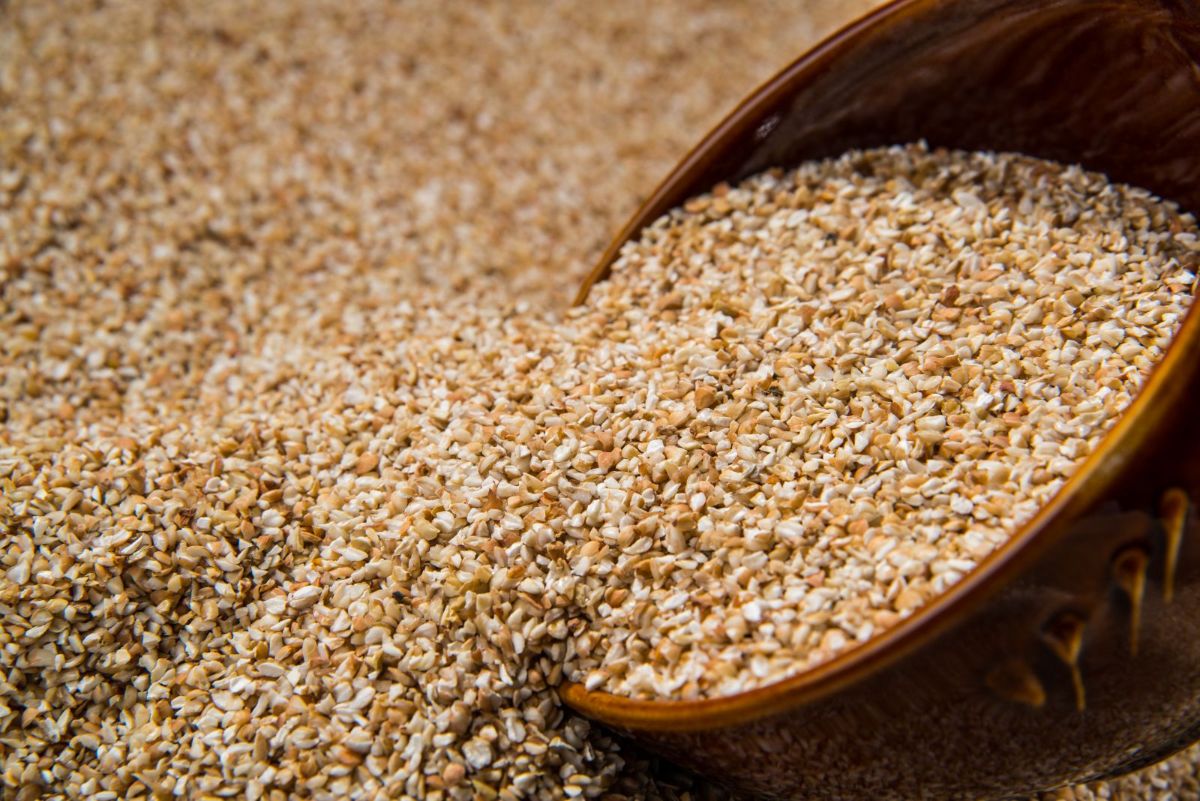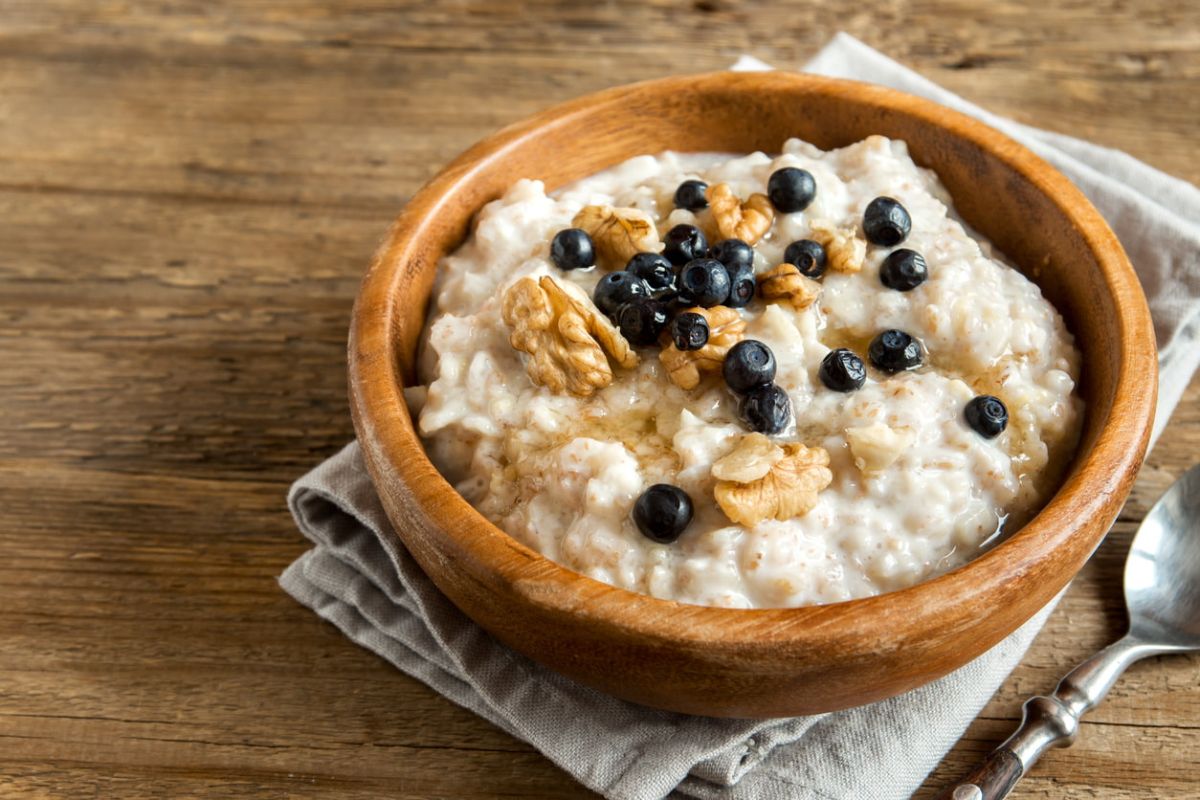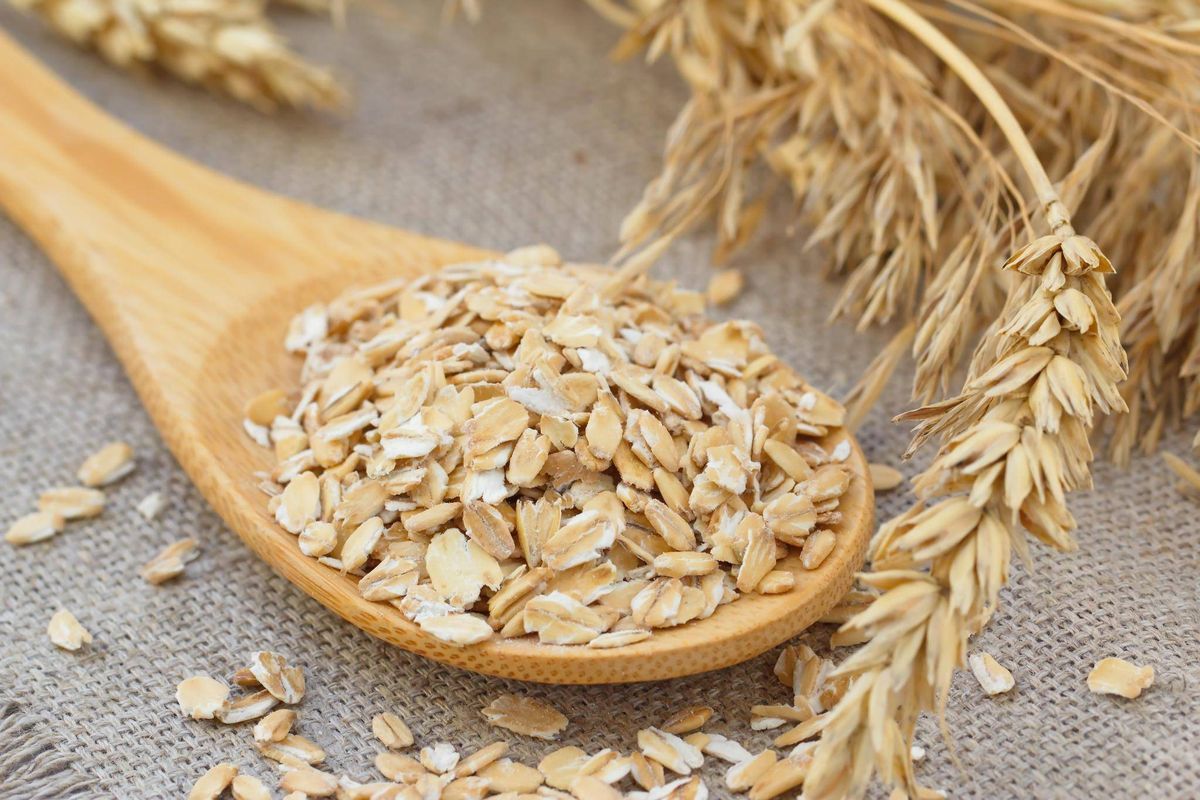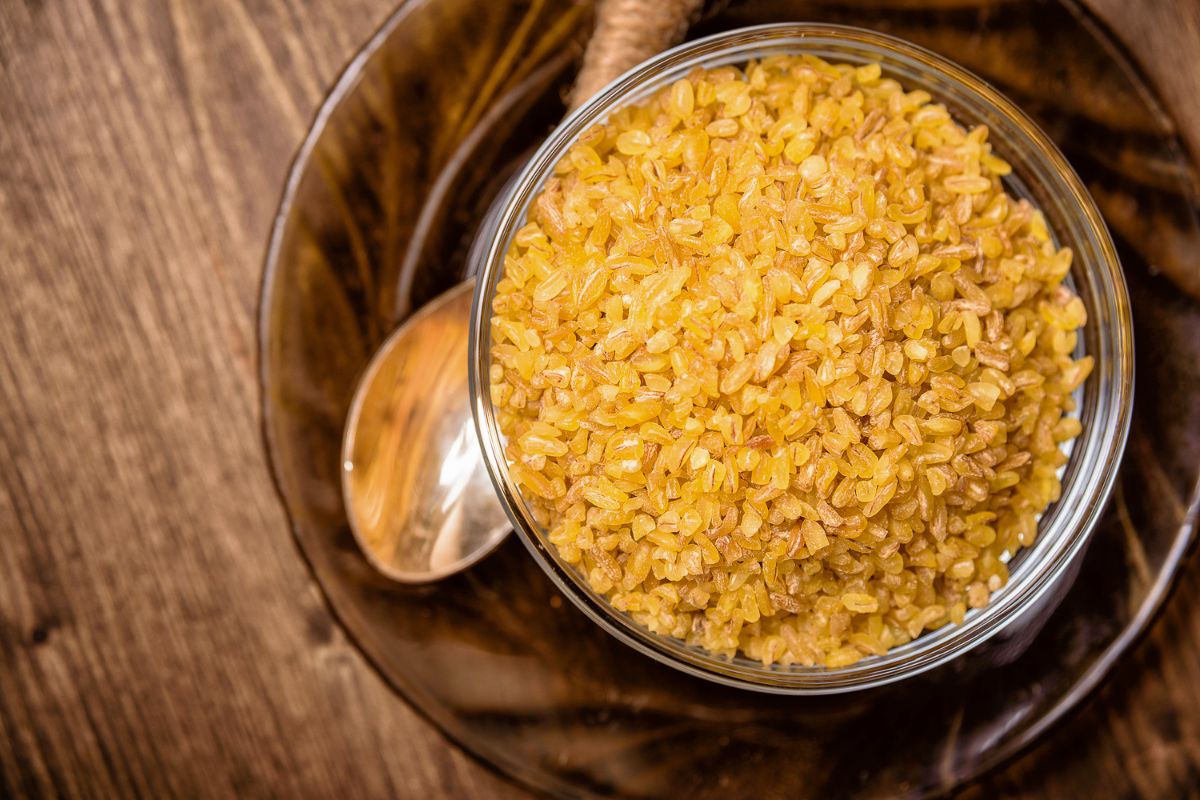Which porridge is the most beneficial for the body — Top 7 options
Porridge is one of the most popular breakfast dishes all over the world. For many people, this is an integral part of their morning routine, along with a cup of coffee.
Almost any porridge is a valuable source of slow carbohydrates, which give energy for the whole day and normalize the work of the gastrointestinal tract.
But some cereals have unique health benefits. They can improve the condition of the skin, prevent some deadly diseases and even fight malignant tumors.
Content
7 most useful options
The 7 most useful cereals are considered below (based on scientific sources of information).
1. Oatmeal
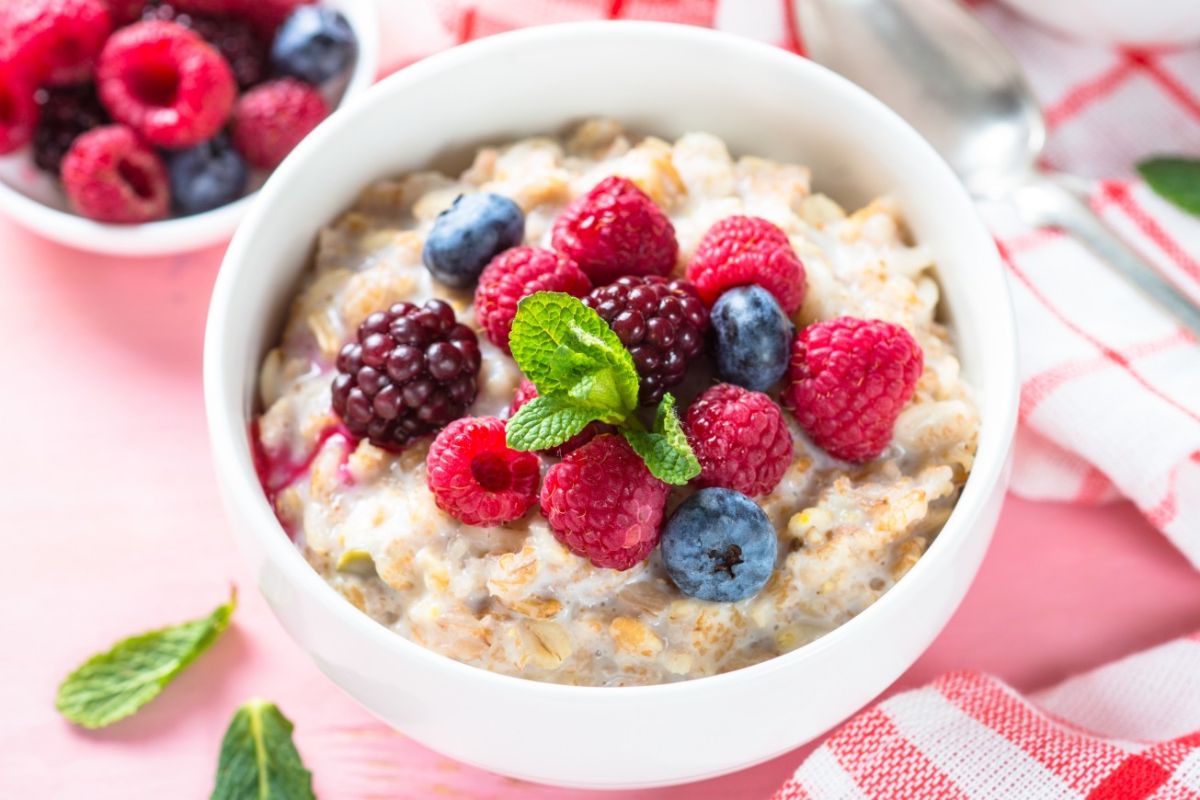
Oatmeal porridge is considered one of the most nutritious cereals on the planet. It is made from whole oats, containing a lot of vitamins (B1, B2, B5, B9), minerals (manganese, phosphorus, iron, potassium, magnesium, calcium) and antioxidants.
A distinctive feature of oatmeal is its pronounced antioxidant effect due to availability as part of the avenanthramides.
Oatmeal has a number of unique properties:
- Reduces blood pressure;
- Depressing chronic inflammation;
- Provides prevention of atherosclerotic plaque formation;
- Regulates blood sugar level (recommended for diabetics);
- Promotes faster weight loss;
- Improves skin condition ( increases smoothness and elasticity, struggling with the manifestation of allergic reactions – itching, hyperemia, has a local antibacterial effect);
- Reduces risk of constipation;
- Strengthens the immune system.
However, it should be remembered that oatmeal contains a number of extremely allergenic proteins (especially avenin), which can provoke the appearance of dyspeptic disorders and worsen the course of chronic diseases of the gastrointestinal tract.
Cooking oatmeal porridge is simple. This will require:
- 1 cup of oatmeal;
- 200 ml of milk;
- 200 ml of water.
Cooking steps:
- Rinse the grains.
- Pour boiled water into a saucepan, add grits, leave to soak for half an hour.
- Drain the water. Pour the grits into an enameled saucepan, add milk.
- Bring the future porridge to a boil. Simmer for about 15 minutes over low heat. Every 2-4 minutes, you need to remove the foam and mix the contents.
- Turn off the heat, cover the pan with a lid. Let it brew for 10 minutes.
- The dish is ready.
Oatmeal porridge goes well with dried apricots or prunes, apples or bananas, honey and dried fruits. It is preferable to use it for breakfast.
2. Pea
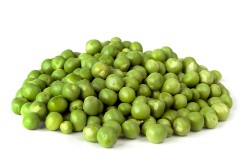 Pea porridge is brewed on the basis of valuable legumes – peas
.
Pea porridge is brewed on the basis of valuable legumes – peas
.
It is the most dietary (low-calorie) product among all types of cereals. It has a high content dietary fiber, vitamins (A, K, C), folic acid, iron, phosphorus and manganese.
Peas stand out among other legumes high in protein. For example, in a similar volume of carrots, the concentration of protein substances is 4 times lower.
The main advantages of pea porridge:
- Antioxidant action ;
- Decline body weight (by accelerating the breakdown of fats and suppressing appetite);
- Magnification of muscle mass (prevents muscle atrophy in the elderly);
- Strengthening bones;
- Decline risk of developing type II diabetes mellitus;
- Strengthening immunity.
Unfortunately, pea porridge can provoke the appearance of such side effects:
- Bloating;
- Deterioration of absorption of iron, zinc, magnesium and calcium;
- Allergic reactions.
For a classic recipe, you will need:
- 1 tablespoon of peas;
- 400 ml of water;
- Salt – to taste.
Cooking scheme:
- Rinse the peas, soak in cold water for 3-4 hours.
- Rinse again, transfer to an enameled saucepan. Fill it with water.
- Bring to a boil and simmer for 40 to 50 minutes.
- Drain the water (if there is any left).
- Thoroughly grind the boiled grits.
- The dish is ready.
Pea porridge is best consumed in the middle of the day or in the evening (3-4 hours before bedtime) several times a week (from 1 to 3).
3. Barley
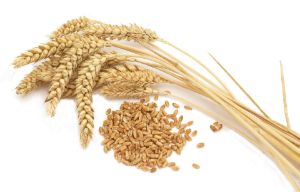 Barley porridge is brewed from whole barley groats and serves as an essential component of nutrition for athletes and people leading a healthy lifestyle.
Barley porridge is brewed from whole barley groats and serves as an essential component of nutrition for athletes and people leading a healthy lifestyle.
Yak is rich in fiber (more than in other cereals), B vitamins, potassium, calcium, selenium and zinc, manganese, copper, phosphorus.
Barley porridge is effective when used for declines weight gain and muscle mass gain in the body. The effect is equally pronounced in both men and women.
Also barley porridge can:
- Improve bowel movement;
- Prevent formation of gallstones;
- Reduce risk of developing pathologies from the heart and blood vessels;
- Restore glycemic background;
- Block malignant degeneration of colon cells.
Barley porridge is considered the most high-calorie type of porridge. If consumed excessively, it can cause obesity. Allergic reactions are also common, chronic diseases of the gastrointestinal tract are aggravated and dyspeptic disorders are noted.
List of ingredients for cooking:
- 200 grams of cereals;
- 600 ml of water;
- Salt or sugar – to taste;
Recipe:
- Rinse the grits and fry in a pan for about 3-5 minutes. It is not recommended to add oil.
- Pour the grits into boiling water, add salt or sugar.
- Simmer for about 30 minutes (until the water boils completely). Remove the foam every few minutes.
- Remove from heat and let stand for 15-30 minutes.
- The product is ready.
This porridge should not be eaten often, 2-4 times a week (for breakfast) is enough.
4. Manna
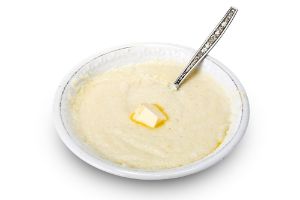 Semolina has been an essential component for cooking porridge for both adults and children for many years (especially when breastfeeding).
Semolina has been an essential component for cooking porridge for both adults and children for many years (especially when breastfeeding).
Porridge is rich in vitamins (E, B1, B6, B9) and minerals (calcium, magnesium, potassium, phosphorus, iron).
In the human body, it has the following biological effects:
- Reduces body weight. Semolina contains a lot of dietary fiber and protein, which contribute inhibit hunger and reduce cravings for food for the next few hours.
- Reduces cholesterol levels. Porridge warns formation of atherosclerotic plaques on the walls of arteries (due to increased cholesterol levels) and the development of pathologies such as coronary heart disease, heart attack and stroke.
- Corrects blood sugar levels. Grits suppresses insulin resistance and slows down absorption of carbohydrates from the gastrointestinal tract.
- Prevents the appearance of iron deficiency anemia (due to the abundance of iron in the composition, necessary for the synthesis of red blood cells).
- Improves digestion. Semolina supports composition of microflora, regulates peristalsis (reduces the likelihood of constipation) and fights colon tumors.
However, it is worth remembering that semolina is a strong allergen (hypersensitivity is noted to gluten and other proteins), and can also provoke the development of dyspeptic disorders (with excessive intake).
To prepare semolina porridge, you need:
- 200 ml of milk;
- 2 tbsp. l. cereals;
- 0.5-1 tsp sugar (salt);
- Any fruits or dried fruits (depending on taste preferences).
Cooking scheme:
- Pour the milk into a saucepan (enameled). Bring to a boil.
- Slowly add the grits, sugar or salt.
- Simmer for 30-40 minutes. It is recommended to stir the mixture every 5 minutes.
- Transfer to a plate, add candied fruits or fruits.
Due to the abundance of fiber and high calorie content, this porridge should not be eaten at night. The preferred time is for breakfast.
5. Corn
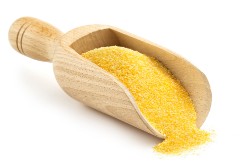 Corn Porridge or polenta is a national Italian dish. It does not contain gluten and can be included in the diet of people with celiac disease.
Corn Porridge or polenta is a national Italian dish. It does not contain gluten and can be included in the diet of people with celiac disease.
Corn groats, from which porridge is prepared, are rich in vitamins B, E, iron, manganese, cobalt, copper, selenium, zinc and phosphorus.
It has many positive effects. In particular:
- Inhibits chronic inflammation. It is with him that is connected the development of a wide range of diseases from the heart and blood vessels, digestive and endocrine systems.
- Prevents the appearance of type II diabetes mellitus. According to the data American scientists, corn groats increases the sensitivity of peripheral receptors to insulin and lowers blood glucose levels. It does not affect the function of the pancreas.
- Helps to lose weight. The product activates metabolism in adipose tissue, slows down the absorption of carbohydrates.
- Supports digestion. Corn porridge improves bowel emptying, maintains the balance of microflora and prevents the appearance of tumors of the colon and rectum.
- Improves eyesight (due to availability in the composition of powerful antioxidants – lutein and zeaxanthin).
When using corn porridge, the following side effects may develop:
- Dyspeptic disorders;
- Exacerbation of chronic diseases of the gastrointestinal tract (gastritis, duodenitis, peptic ulcer);
- Increased blood clotting.
Porridge is contraindicated in the presence of acute inflammatory bowel lesions and with an increased tendency to thrombosis (presence of varicose veins of the lower extremities or a history of stroke).
For classic corn porridge, you will need:
- 100 grams of cereals;
- 100-600 ml of water or milk (depending on the preferred density).
Recipe:
- Rinse the grits.
- Pour milk or water into an enameled saucepan. Bring to a boil.
- Add the grits and simmer for 35-45 minutes. It is recommended to stir the mixture every 5-10 minutes.
- The dish is ready.
To improve the taste, you can add a little salt or sugar (½-1 tsp each). Porridge should be consumed in the morning for breakfast or lunch.
6. Millet
 Millet porridge is made on the basis of millet (millet). She
saturated
nutrients (B vitamins, iron, magnesium, manganese, phosphorus).
Millet porridge is made on the basis of millet (millet). She
saturated
nutrients (B vitamins, iron, magnesium, manganese, phosphorus).
In the composition of millet there are special antioxidant substances (polyphenols, sponins, lignans, anthocyanins) that have a pronounced antioxidant effect. They block the effects of free radicals on all cells of the body and inhibit chronic inflammation.
Also, millet porridge is able to:
- Reduce blood pressure level;
- Prevent the appearance of atherosclerotic plaques;
- Reduce blood sugar concentration;
- Improve the work of the digestive tract;
- Provide essential weight loss aid.
However, millet, in comparison with other types of cereals, has a number of potentially harmful properties:
- Suppression of the thyroid gland;
- Allergic reactions;
- Decreased potency in men;
- Exacerbation of chronic intestinal diseases;
- The development of dyspeptic disorders.
Most of the undesirable effects are observed only with excessive intake.
For the classic recipe of millet porridge, you need:
- 200 grams of unpolished millet;
- 400 ml of water;
- 400 ml of milk;
- Salt and sugar – to taste.
Cooking:
- Rinse the grain and transfer to an enameled pan.
- Pour in the water. Bring to a boil. Add sugar or salt.
- Simmer for about 20 minutes, stirring constantly.
- Add milk, cook for about 20 minutes more.
- Remove from the stove. Let it brew for half an hour.
- The porridge is ready.
It is recommended to eat millet porridge for breakfast with fruits (bananas, apples, pears) or vegetables (pumpkin) no more than 3-4 times a week.
7. Wheat
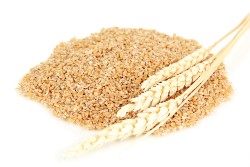 Raw materials for of wheat porridge
hard wheat varieties are used. Porridge is considered a valuable product necessary for the growth and development of the whole body (especially muscle tissue).
Raw materials for of wheat porridge
hard wheat varieties are used. Porridge is considered a valuable product necessary for the growth and development of the whole body (especially muscle tissue).
It contains a lot of proteins, omega-3 fatty acids, vitamins (B1, B5, E, PP), minerals (iron, phosphorus, selenium, magnesium, potassium). Wheat porridge is rich in antioxidants (lutein, lignans, phytic and ferulic acids).
The most important positive effects of porridge are:
- Antioxidant effect;
- Normalization digestion;
- Improvement Thyroid health;
- Decrease body weight;
- Prevention diseases of the heart and blood vessels.
Side effects include:
- Allergopathology;
- Inhibition of zinc and iron absorption;
- Dyspeptic disorders.
Porridge is contraindicated for pregnant women (in late pregnancy) and infants in the first months of life. The use of the product during breastfeeding is allowed only after the child reaches the age of 4 months.
Cooking will require:
- 100 grams of cereals;
- 0.3 liters of water;
- Sugar or salt – to taste.
Recipe:
- Wash the grits and put them in an enameled bowl. Pour in water, add sugar or salt.
- Bring to a boil and simmer for 15 minutes.
- Turn off the heat, let it brew for 30-40 minutes.
- The delicious dish is ready.
You can add berries, fruits or vegetables to the finished dish. It can serve as an excellent side dish for meat. Wheat porridge, unlike others, can be consumed both in the morning and in the evening (3 hours before bedtime).
Conclusion
All the described cereals are valuable food products. They are rich in dietary fiber, antioxidants, vitamin and mineral substances that improve the health of all body systems.
Based on the above information, in descending order of biological potential, the following rating of porridge can be made:
- Oatmeal;
- Pea;
- Barley;
- Manna;
- Corn;
- Wheat;
- Millet.
However, from a practical point of view, it is difficult to compare porridges, since each of them has a unique set of properties. For example, barley helps better with constipation and cholelithiasis, wheat is effective in preventing malignant tumors.
